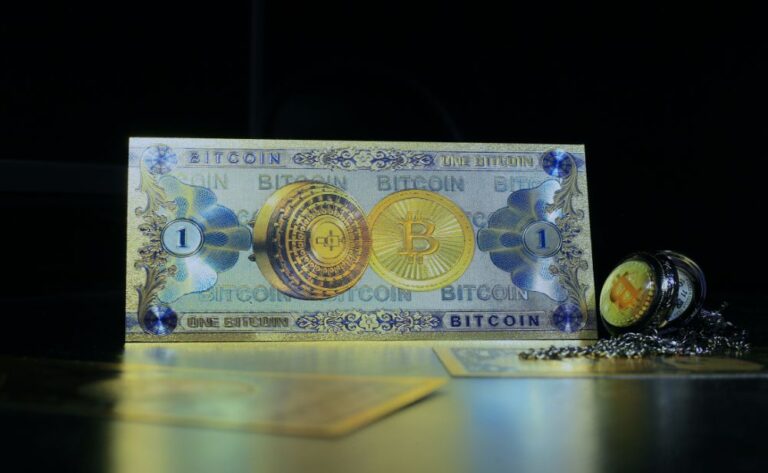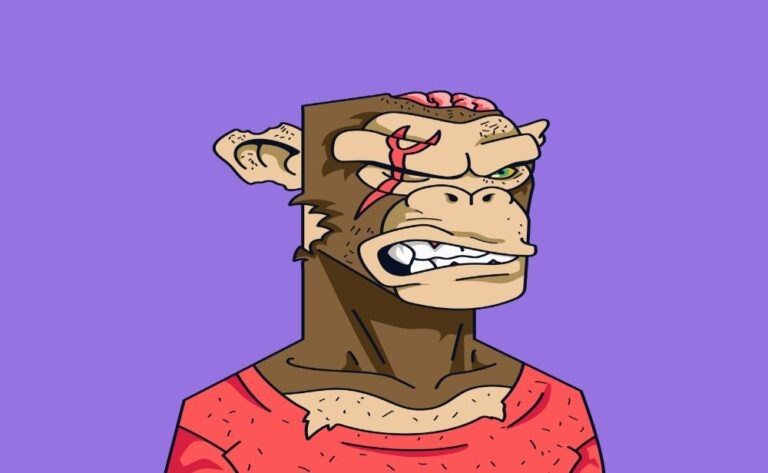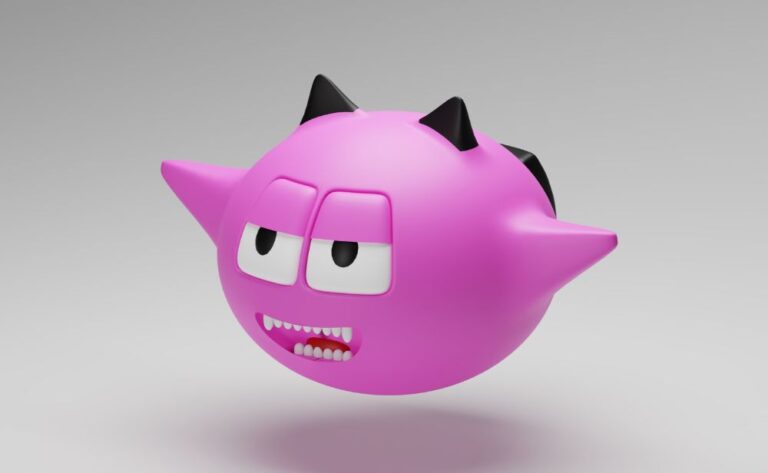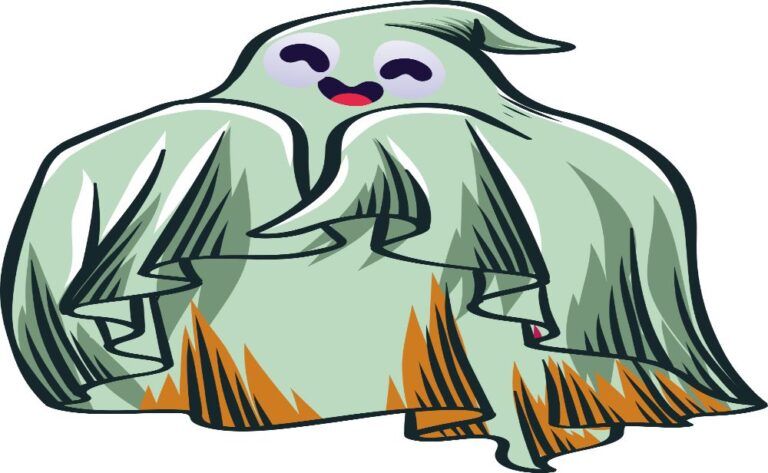
Zora Marketplace has been operating continuously since the year 2020, and it is predicated on the ETH blockchain.
It appears that their primary goal is to give creators more power over their work. On their previous website, they gave the example of the resale price of certain sneakers as a situation in which the producers of the work were not given the full benefit of their efforts (Yeezys in particular). Although they were hard to come by, the initial sale price was “just” about two hundred dollars. However, some buyers were able to buy up a significant portion of the available sneakers and then resell them for prices that were two to three times, and sometimes ten times, more than what they had paid for the sneakers. However, none of this money makes its way into the pockets of the people who designed the sneakers in the end.
The structure of the NFT auction provides a partial answer to this problem. The profits are redistributed to the rightful parties when the creators are given the ability to establish their own markets.
You will be required to link a cryptocurrency wallet before you can utilize the Zora Marketplace. It seems that any wallet that can store Ethereum can be used with the platform.
What exactly is a non-fiat currency market?
A market place for non-traditional assets known as an NFT Marketplace. So far so wonderful. However, what exactly is an NFT?
““Non-Fungible Tokens” is what “NFT” stands for as an acronym. Anything that can be changed into another form can be replaced. For instance, one kilo of 24 karat gold can, at least in theory, be replaced with any other kilo of 24 carat gold. This is because 24 karat gold is not distinguishable by its color. If something is non-fungible, it denotes that it is one of a kind and cannot be interchanged with any other object that is currently available.
Despite the fact that NFTs are theoretically comparable to cryptocurrencies, these digital assets may represent antiques and artworks, collectibles such as trading cards, and other items that have distinctive characteristics. For the purposes of authentication and validation, these tokens are encrypted and stored in a distributed ledger known as a blockchain. In contrast to cryptocurrencies, which can be divided up into smaller pieces, tokens are always sold in their entirety when they are bought or sold. When NFTs are cut up into smaller pieces, they lose some of their value. On the other hand, the artist can make copies of them, and each extra copy can be sold independently (but the total number of duplicates will then always be known).
The Emphasis on the Zora Market Place
As was indicated before, the primary objective of the Zora Marketplace is to give creators the tools necessary to establish their own markets, rather than funneling the profits from their work into the coffers of unscrupulous resellers.
Zora Marketplace’s Organizing Scheme
There are a few various ways that NFT Marketplaces can offer their NFTs, the most recent bid, and the amount of time left in an auction, among other things. It is up to you and no one else to decide what kind of content you are most at ease watching and using. The image that follows is a screenshot that was captured from the browse area of the Zora Marketplace. It seems that the default configuration causes the newest NFTs to be displayed at the top of the list. It is possible to locate NFTs by using the general search field, but it does not appear that there are any options for sorting or filtering the results. These will undoubtedly be added in the relatively close future in order to simplify the user’s navigation throughout all of the NFTs that are now available.
The following description of the page layout applies if you zone in to any one of the individual NFTs; in this case, it applies to the NFT that was developed by @jstn and is named Manhattan Sunset. You can see that the artist has provided potential purchasers with two distinct choices, “Buy now” or “Place a bid,” in this particular instance. There is also a Proof of Authenticity feature, which gives users the ability to inspect the NFT on a file system known as IPFS. Zora Marketplace uses IPFS as its storage medium (InterPlanetary File System). Last but not least, there is a concise history of the particular NFT.
Zora Marketplace Fees
It is common practice for the NFT Marketplace that is relevant to the transaction to charge a fee for the privilege of facilitating the sale of an NFT. The buyer is often responsible for paying this cost, which is typically expressed as a percentage of the selling price of the NFT. When a transaction takes place, this is analogous to the way in which conventional art galleries typically receive a commission on the sale of any paintings or other works of art that are on display at the gallery.
We are sorry to say that we have not been successful in determining the costs that Zora Marketplace requires of buyers in order to purchase NFTs. We have inquired about this matter with the marketplace, and as soon as we have gotten a response from them, this evaluation will be modified to include the relevant new information.
Methods of Payment on the Zora Marketplace
Deposits and payments made with a credit or debit card are accepted by some of the NFT Marketplaces available today; in addition, some of these Marketplaces accept deposits made using PayPal.
There is not a Zora Marketplace app on that list. You will need to acquire ETH before you can utilize this particular platform. This is a requirement. Binance is only one of many cryptocurrency exchanges around the world that gives users the ability to buy and sell cryptocurrencies.





